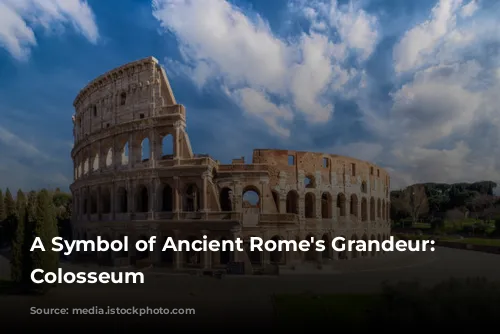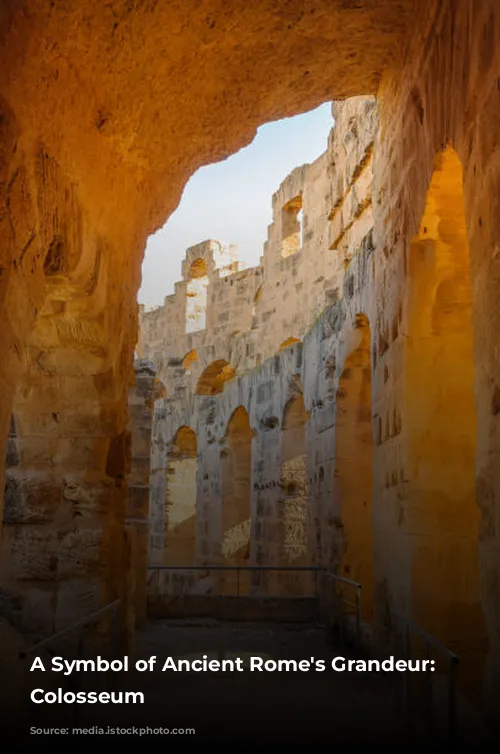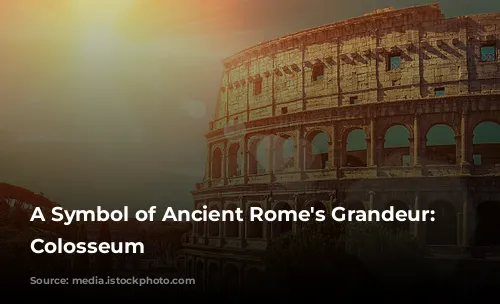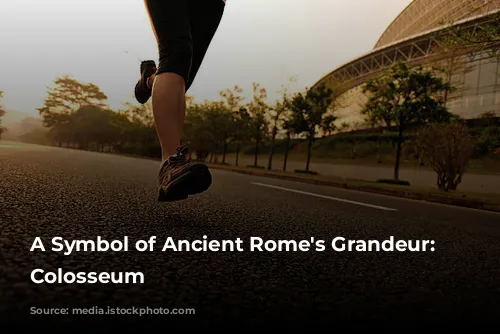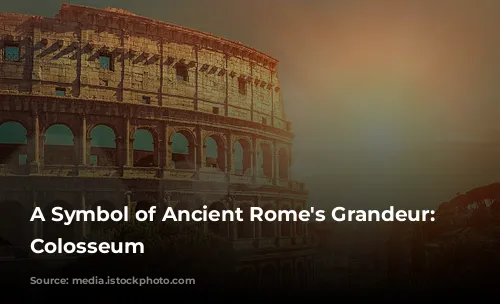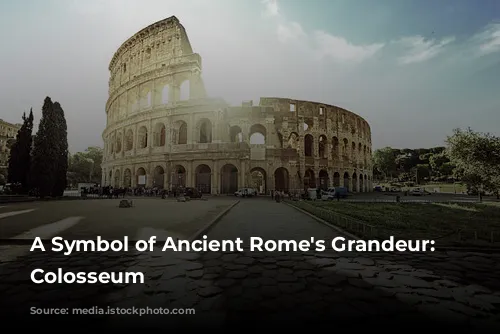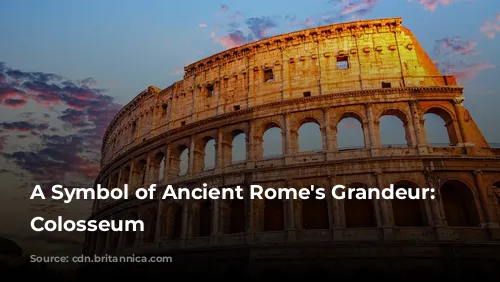Standing as one of the few well-preserved structures from the Roman Empire, the Colosseum serves as a powerful testament to ancient Rome’s remarkable architectural and engineering prowess. Its enduring legacy extends far beyond its historical significance; it is a major attraction for tourists, generating substantial revenue for the Italian government. In 2018, the Colosseum, Roman Forum, and Palatine Hill together brought in an impressive $63.3 million (€53.8 million), making it Italy’s top tourist destination.
From Arena to Quarry: The Colosseum’s Transformation
The Colosseum’s history is a tapestry woven with both grandeur and neglect. After the fall of the Western Roman Empire, the once mighty arena fell into a state of disrepair. The 12th century saw the Frangipane and Annibaldi families repurpose the Colosseum as their fortress. In the late 15th century, Pope Alexander VI allowed the Colosseum to be used as a quarry, stripping away its precious marble and decorative elements. This period of neglect lasted over a thousand years, with the arena becoming little more than a source of building materials. Fortunately, state-funded restoration efforts commenced in the 1990s, marking a new chapter in the Colosseum’s journey.
A Monument Built for Entertainment and Power
The Colosseum was born from the ambition of the Flavian emperors, who sought to revitalize Rome after the turbulent “Year of the Four Emperors” in 69 CE. Following the tradition of amphitheatres, Emperor Vespasian envisioned the Colosseum as a grand entertainment venue, a place to captivate and control the masses. Gladiator fights, thrilling animal hunts, and even mock naval battles filled its arena, offering a spectacle of violence and wonder.
Construction and Funding: A Monument to Imperial Ambition
Construction of the Colosseum began under Emperor Vespasian between 70 and 72 CE, a testament to his desire to solidify his reign through grand displays of power. The completed structure was dedicated in 80 CE by his son and successor, Titus, who further embellished the Colosseum with its fourth story in 82 CE. It’s important to note that the Colosseum’s construction was funded with the spoils of war, specifically the wealth acquired from Titus’s conquest of Jerusalem in 70 CE. This wealth, tragically, was extracted from enslaved Jews from Judaea, casting a shadow over the Colosseum’s magnificent construction.
A Colossal Structure: Architecture and Design
The Colosseum, also known as the Flavian Amphitheatre, is a true architectural marvel. It is an elliptical structure, towering four stories high, constructed from stone, concrete, and volcanic tuff. Measuring 620 by 513 feet (189 by 156 meters), it could hold up to 50,000 spectators. Its fame stems from its association with gladiatorial combat, a brutal form of entertainment that enthralled the Roman masses.

A Symbol of Power: The Colosseum’s Location and Design
The Colosseum’s location was as calculated as its design. Located east of the Palatine Hill, it replaced Nero’s infamous Golden House, a symbol of tyranny and extravagance. The artificial lake that once adorned Nero’s palace was drained, and the Colosseum was erected in its place, a powerful statement of Vespasian’s ambition to replace Nero’s reign of terror with a display of public spectacle and imperial power. This symbolic act further emphasized the Colosseum’s role as a public arena, a place for the people, in contrast to Nero’s opulent and exclusive private palace.

A Colossal Stage for Spectacle: The Colosseum’s Design and Function
The Colosseum’s design was innovative for its time, showcasing the Romans’ mastery of engineering. Unlike earlier amphitheatres, which often relied on natural hillsides for support, the Colosseum stands as a freestanding structure. Its intricate system of barrel vaults and groin vaults, crafted from travertine, volcanic tufa, and concrete, supported the massive structure and its elaborate facade. The Colosseum’s three stories, each adorned with engaged columns in the Doric, Ionic, and Corinthian orders, showcased Roman architectural prowess and became a foundational element of Renaissance architecture.
The Colosseum’s design prioritized the comfort and safety of its spectators. A massive retractable awning, known as a velarium, shielded them from the sun, operated by a team of Roman sailors who skillfully manipulated the intricate rigging system attached to corbels on the Colosseum’s top story. The arena hosted a variety of spectacles, from the brutal gladiatorial fights and thrilling animal hunts to mock naval engagements, offering a glimpse into the Roman world of entertainment and power.
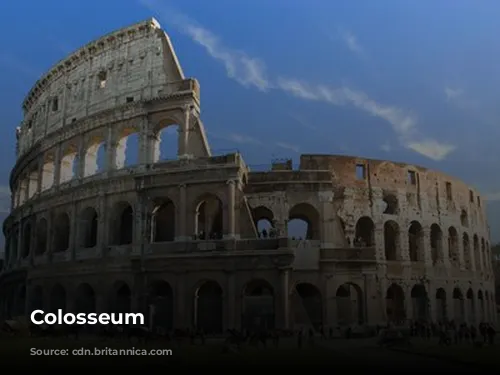
A Monument Restored: The Colosseum Today
The Colosseum’s journey from a symbol of Roman power to a quarry and back again is a poignant testament to the passage of time and the enduring appeal of ancient wonders. The Colosseum has endured, becoming a cherished tourist attraction, welcoming millions of visitors each year. The grandeur of its architecture, the stories etched into its stones, and its symbolic role as a beacon of Roman history continue to captivate and inspire.
